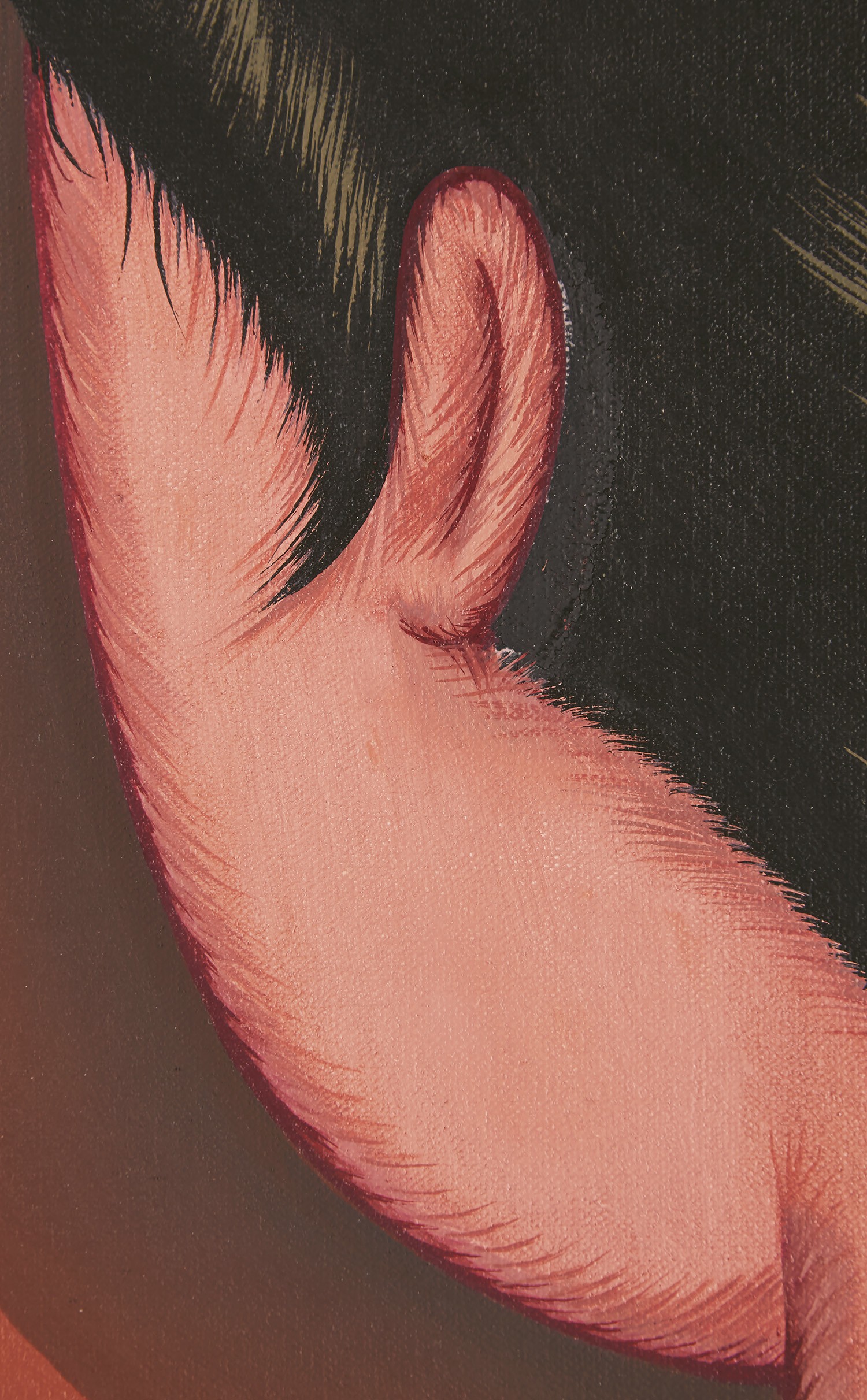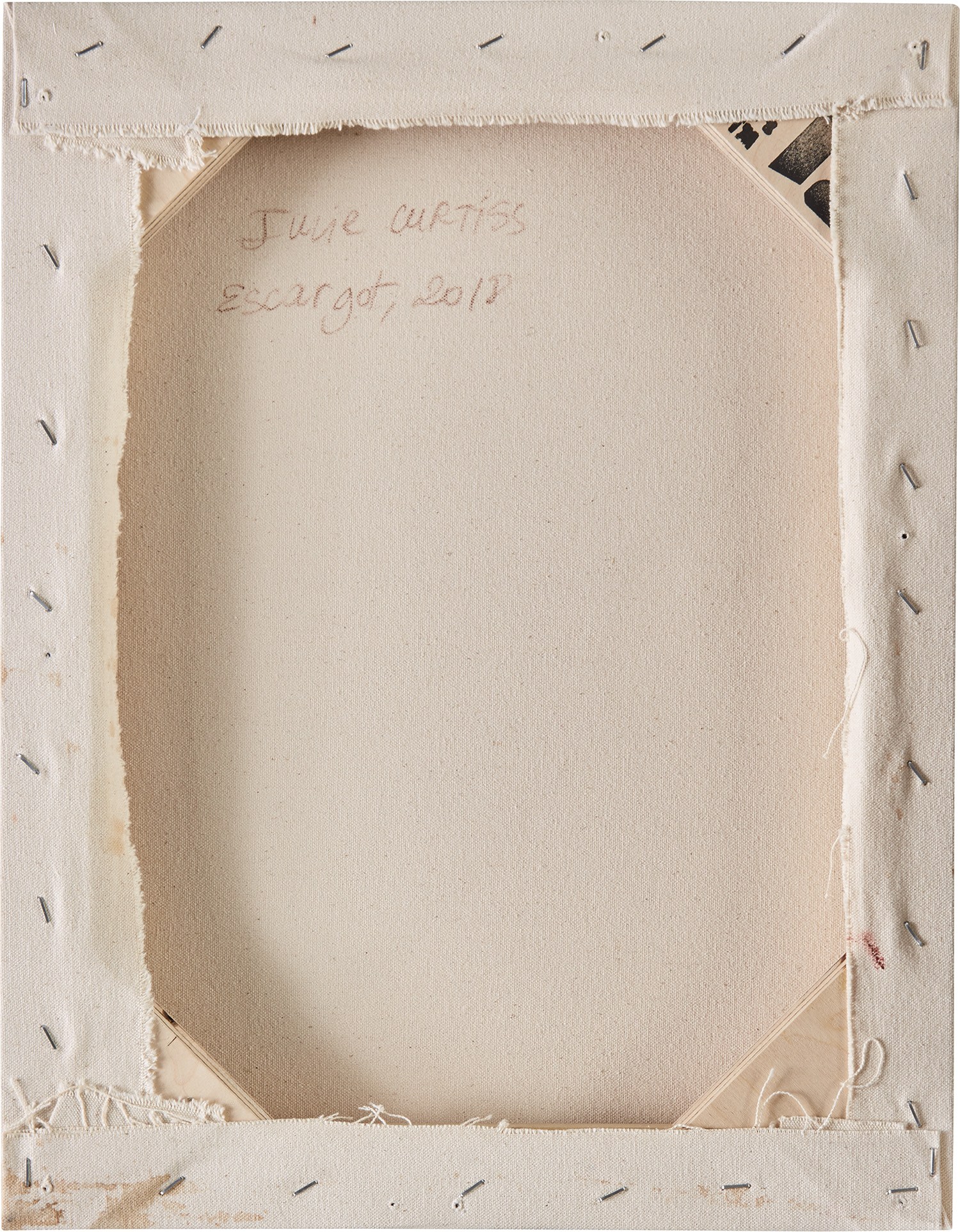







6
Julie Curtiss
Escargot
Further Details
Full-Cataloguing
Julie Curtiss
FrenchBorn and raised in Paris, France, Julie Curtiss (b. 1982) now lives and works in Brooklyn, New York. Curtiss studied at the École Nationale Supérieure des Beaux-arts, Paris.
The artist draws on a history of figurative painting including 18th- and 19th-century French painting, as well as the Chicago Imagists and the ‘pop’ imagery of comic books, manga and illustration. Frequent subject matter focuses on the deconstructed female body and symbols of stereotypical female aesthetics. There are similarities between Curtiss’ work and the painters of the female Surrealist movement of the early 20th century in the use of distorted perspectives, dreamscapes, and humor to reflect upon the female experience.
Curtiss’ work is represented in a number of museum collections, among which are Bronx Museum, New York; Columbus Museum of Art, Ohio; High Museum, Atlanta; Los Angeles County Museum of Art; Maki Collection, Japan; Museum of Contemporary Art, Chicago; Walker Art Center, Minneapolis; and Yuz Museum, Shanghai.